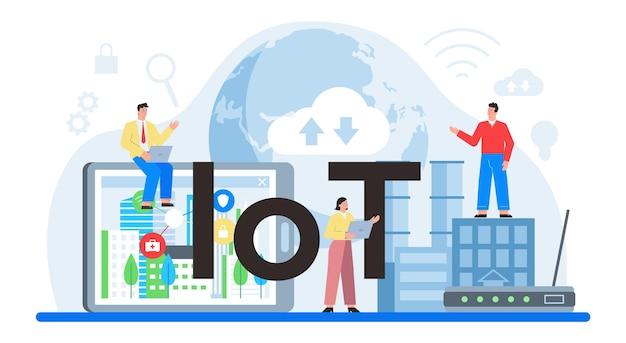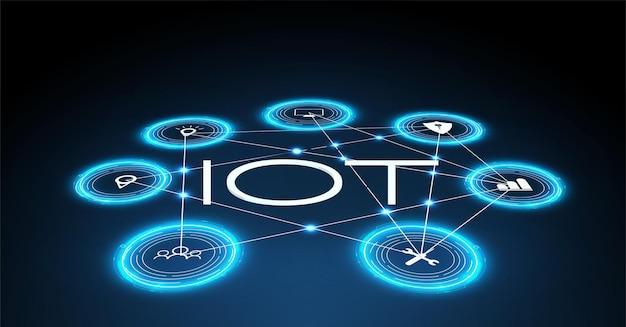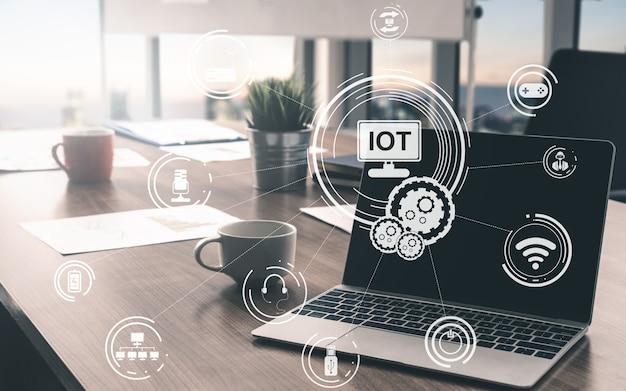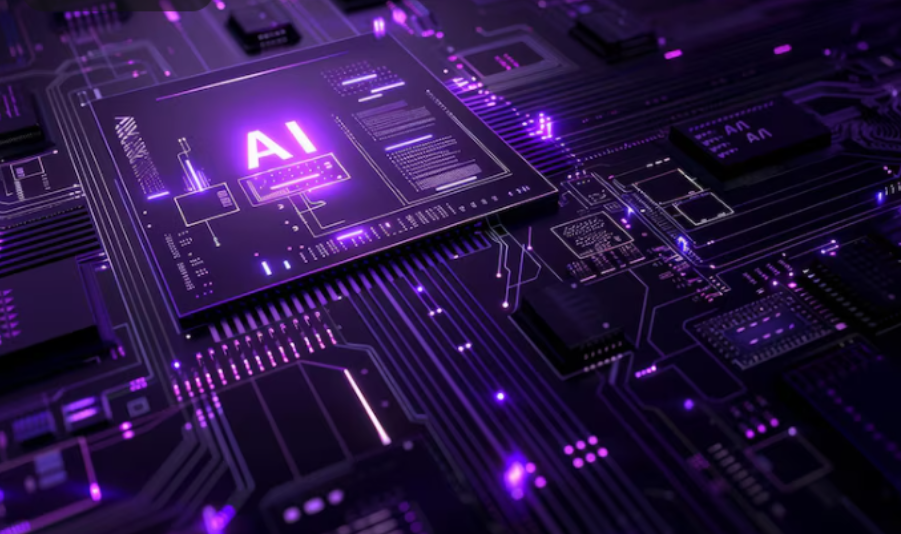
In today's digital environment, edge computing in IoT enables consumers instant access to services and apps regardless of location. This is a significant achievement in technology. IoT can successfully solve the most severe problems, such as environmental change, shortage of food and water, and the global health crisis. However, as more data and processing capabilities are grouped in the cloud, the distance between the cloud and the end user frequently leads to slow reaction times and poor performance. This may be inconvenient and costly for both the user and the business.
What is Edge Computing?
The concept of edge computing involves bringing processing and data storage closer to the information-generating and information-consuming devices. This technique offers faster real-time insights, drastically decreases bandwidth needs, and enhances application performance by eliminating the need to transfer data to a central data center. It is gaining popularity because edge computing can help businesses automate procedures, improve user experience, improve real-time decision-making, and increase safety and performance. Also, with AWS IoT services, organizations can allow devices to take actions, cluster data, and screen it locally on the gadget.
Edge computing offers numerous benefits, such as faster reaction times, securing IoT devices, more output, less data traveling over the Internet, lower expenses, and reliable functioning. Several industries employ edge computing, including manufacturing, energy, autonomous cars, and healthcare. It may be divided into downstream and upstream applications, which concentrate on getting data to end users and gathering it.
Example For Edge Computing:
Gaming: Gamers love playing games and expect a fast play with the best experience. Edge computing can reduce latency and improve the gamer's experience. Organizations can improve performance, reduce costs, and enhance user experience by processing data closer to the source by reducing latency.
The Key Components of Edge Computing
Here are a few key features that make edge computing an important part:
Local Data Processing
In edge computing, local data processing is one of the primary applications it serves. All of the data compiled by IoT devices is managed locally, either on the device itself or a nearby edge node, rather than being routed to a remote cloud server for processing. Therefore, this eventually results in lower data transmission time over the internet and faster processing times.
Reduced Latency
Latency is the duration it takes to transmit data between two locations. Edge computing processes data locally and helps reduce the time needed to get a response. However, it is paramount for applications such as industrial IoT devices or self-driving automobiles, which require quick reactions in real time.
Saving Bandwidth
As we all know, transferring data over the Internet requires bandwidth. However, the large amounts of data IoT devices generate can be relatively costly. So, by processing data locally and only transmitting the crucial data to the cloud, edge computing enables saving on bandwidth costs.
Better Security
Processing data locally means less data spans the Internet, which decreases the risk of data interception and prohibited access. Data security is critical if it is a sensitive or critical data.
Scalability
Cloud-based data processing and management have become increasingly challenging as the number of IoT devices and the volume of data they generate have increased. Edge computing addresses this by splitting up the data processing load throughout the edge nodes and the cloud. Because of these characteristics, edge computing is an excellent way to deal with and analyze the massive volumes of data produced by Internet of Things devices.
Briefly Stated
In summary, edge computing is the process of data generation by edge devices, local processing of that data by edge nodes, and, if needed, transmission of that data to the cloud for additional processing or storage. Furthermore, network connectivity links everything together. The best practices can help manage the security and privacy challenges in edge computing. You can reach out to Social Ravel for IoT development or IoT services.



